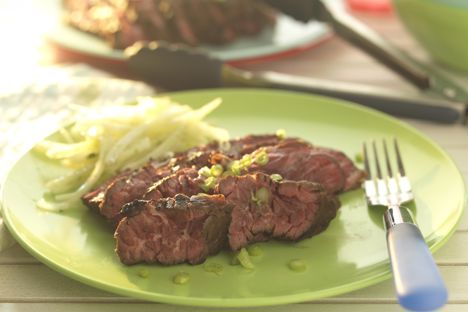Sous vide may be a precise, fuss-free way of cooking, but without due care the results can often be a little bland. Sous vide amateurs often make the mistake of concentrating on texture and internal temperature to the detriment of flavour.
The key, as with more practised cooking methods, is to add flavour to the ingredient before, during and after the cooking process. One of the best ways of doing so is by harnessing the power of brines and marinades.
Brines
Brines work in a similar way to heat in sous vide cooking. For this reason, it is important to use a weaker brine than usual, as powerful brines may result in overcooked and over-salted food. Lower brines tend to achieve more consistent results, slowly working through the ingredient until evenly flavoured throughout. Using a lower-salt brine also means you don’t have to thoroughly wash off the meat before cooking sous vide, as the brine level is at it’s optimum point.
Once you have brined your food, simply vac pac and store as usual. If using a vac pac machine to seal your meat in a pouch with the brine, use 50% of brine to the weight of the meat.
Marinades
There are a few pointers to keep in mind when using marinades for sous vide cooking. Firstly, it is important to remember that marinades don’t work as well on meat that is cooked, or meat that is going to be cooked quickly - as the surface of proteins will alter and ‘lock out’ marinades. Therefore, it is best to start marinating before you start cooking – how long before will depend on how strong you want the flavours of the marinade to come through in the final dish.
Acid-based marinades are often seen as surplus to requirements in sous vide cooking, as traditionally they were used to tenderise meat – an issue that is negated by the precision of the technology. But marinades are not just used to ensure succulence - they are also a great tool for injecting flavour into the meat before or during cooking. If using an acid or alcohol-based marinade for cooking sous vide, make sure to remove the meat from the marinade, wipe off and seal in a new vacuum bag before cooking - in sous vide cooking, no evaporation takes place, so the alcohol will not be ‘cooked off’ and may impart an overpoweringly strong flavour into the meat.
Another way to avoid this problem is to cook out the marinade first. If you would like a rich, red wine based marinade for a fillet of steak, perhaps, cook off the wine with flavourings of your choice and allow to cool completely before adding to the bag with the steak.
You can also freeze ingredients in a marinade for a quick and easy meal option later on. To do so, simply add the meat and marinade to a glass bowl and ensure the marinade is nicely rubbed into the meat. Then, transfer to a vacuum bag and remove as much air as possible using your hands. Dry rubs can be sealed as normal, however, if it is a wet marinade, seal the bag without vacuum, or any liquids will be sucked out into the equipment. Once sealed, the pouch can be kept in the freezer for 1 month to 1 year, depending on the type and size of the meat.
Get in touch
Please sign in or register to send a comment to Great British Chefs.



